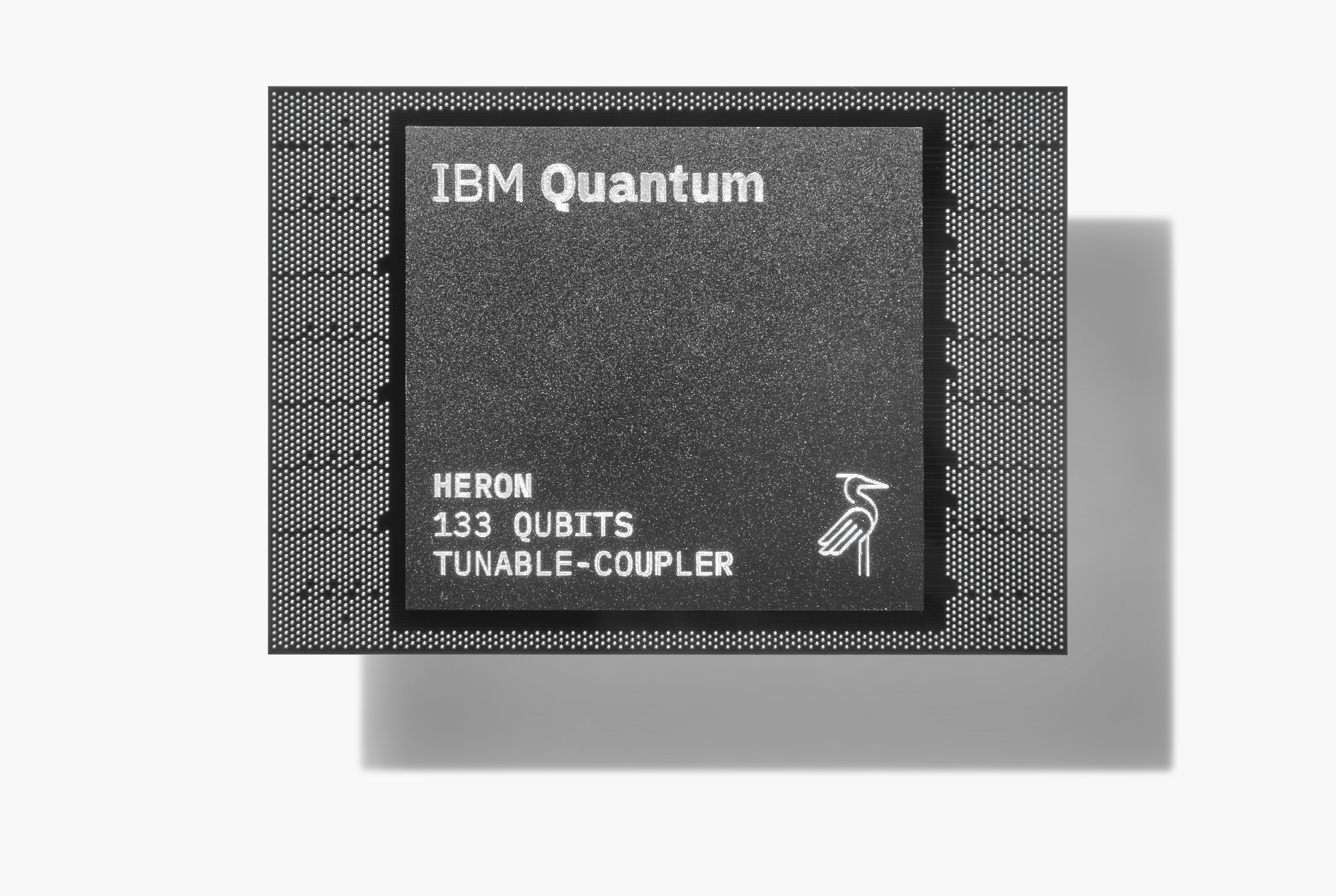Announced at its annual IBM Quantum Summit in New York, IBM has unveiled its ‘IBM Quantum Heron’, the first in a new series of quantum processors engineered to deliver high performance metrics.
IBM also debuted the IBM Quantum System Two, the company’s first modular computer and cornerstone of IBM’s quantum-centric supercomputing architecture. Located in Yorktown Heights, New York, the first IBM Quantum System Two has begun operations with three IBM Heron processors and supporting control electronics.
Dario Gil, IBM SVP and director of research, said: “We are firmly within the era in which quantum computers are being used as a tool to explore new frontiers of science.
“As we continue to advance how quantum systems can scale and deliver value through modular architectures, we will further increase the quality of a utility-scale quantum technology stack – and put it into the hands of our users and partners who will push the boundaries of more complex problems.”
Having demonstrated its 127-qubit IBM Quantum Eagle earlier this year, IBM Quantum systems now serve as a scientific tool to explore utility-scale classes of problems in chemistry, physics and more.
Since the demonstration, leading researchers, scientists and engineers from organizations across the globe have expanded demonstrations of utility-scale quantum computing to confirm its value in exploring uncharted computational territory. This includes experiments running on the IBM Quantum Heron 133-processor, which the company is now making available for users via the cloud.
IBM Quantum System Two combines scalable cryogenic infrastructure and classical runtime servers with modular qubit control electronics. This architecture combines quantum communication and computation, assisted by classical computing resources and leverages a middleware layer to integrate quantum and classical workflows.
As part of IBM’s expanded ten-year quantum development roadmap, the company plans for this system to house IBM’s future generations of quantum processors. Additionally, IBM has also unveiled plans for a new generation of its software stack and has announced Qiskit Patterns which aim to democratize quantum computing development.
Qiskit Patterns will serve as a mechanism to allow quantum developers to easily create code. With Qiskit Patterns, combined with Quantum Serverless, users can build, deploy and execute workflows integrating classical and quantum computation in different environments, such as cloud or on-prem scenarios.
Jay Gambetta, vice president and IBM fellow at IBM, said: “GenAI and quantum computing are both reaching an inflection point, presenting us with the opportunity to use the trusted foundation model framework of watsonx to simplify how quantum algorithms can be built for utility-scale exploration.
“This is a significant step towards broadening how quantum computing can be accessed and put in the hands of users as an instrument for scientific exploration.”




